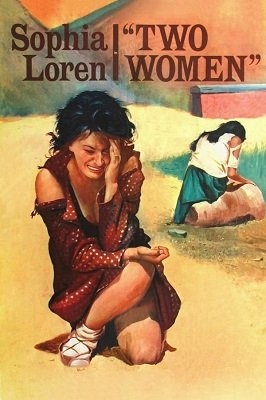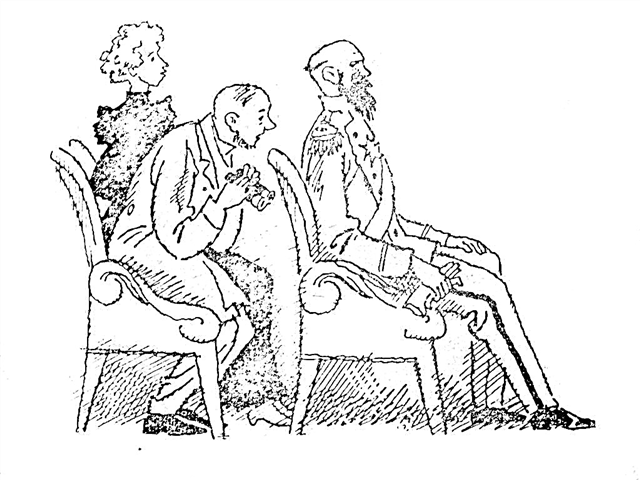The conflict between the individual and society is relevant at all times, because it is laid down even at the level of concepts, they are opposed: one - several, a person - a crowd, etc. So, it initially happened so that the team pushes out those who are not like him, and then rains down on them. It may be that one himself wanted to separate from the others, arrogantly distinguishing himself against their background. Be that as it may, they would have no need to separate if their relationship had not turned into a confrontation. Whatever it was originally caused, now this conflict is still topical. Consider typical examples from the literature.
In the work of A. Kuprin, “Olesya,” the inhabitants of the village were hostile to the healer and her granddaughter, who lived away from the settlement. Ignorant peasants thought that women conjured and controlled the forces of nature. However, this, of course, was not true. In fact, they only prepared decoctions and potions, studying the strength of herbs. The narrator was personally convinced that the heroines were kind and good people who were not accepted in the village because they differ from all the others in their independent behavior and lifestyle. The culmination of this rejection was the scene in the church where parishioners beat Olesya to prevent her from entering the sacred place. In a fit of anger, the "witch" promised to send bad weather and ruin the crop. And so it happened. Unhappy women hastily left Polesie in order to avoid reprisal. A. Kuprin described this conflict more than 100 years ago, but what about today? Maybe we have already solved this problem?
In 1987, almost a hundred years later, V. Astafyev wrote the story “Lyudochka,” in which he contrasted the indifference of the city to the grief of a small man - a village girl who came to work. Luda got a job at the hairdresser to wash the floors, got a job in the apartment of Gavrilovna, with whom she worked. However, returning from work in the evening, she was beaten and raped by a former felon and his gang. Nobody sympathized with the unfortunate heroine, not even her mother found sensitivity in her heart to take an interest in her daughter's life. Gavrilovna said at all: "Well, they broke the seal, such a misfortune." Met with the indifference of the closest people, the girl could not stand it and hanged herself. And her death was not even included in the incident report, so as not to spoil the statistics. Even here, in such a modern work, the theme of the conflict between the individual and society has not outlived itself.
Thus, the confrontation of one and several is an eternal conflict that cannot be resolved over time. It only takes on new facets that life itself renews.


 Viscount de Brazhelon
Viscount de Brazhelon








